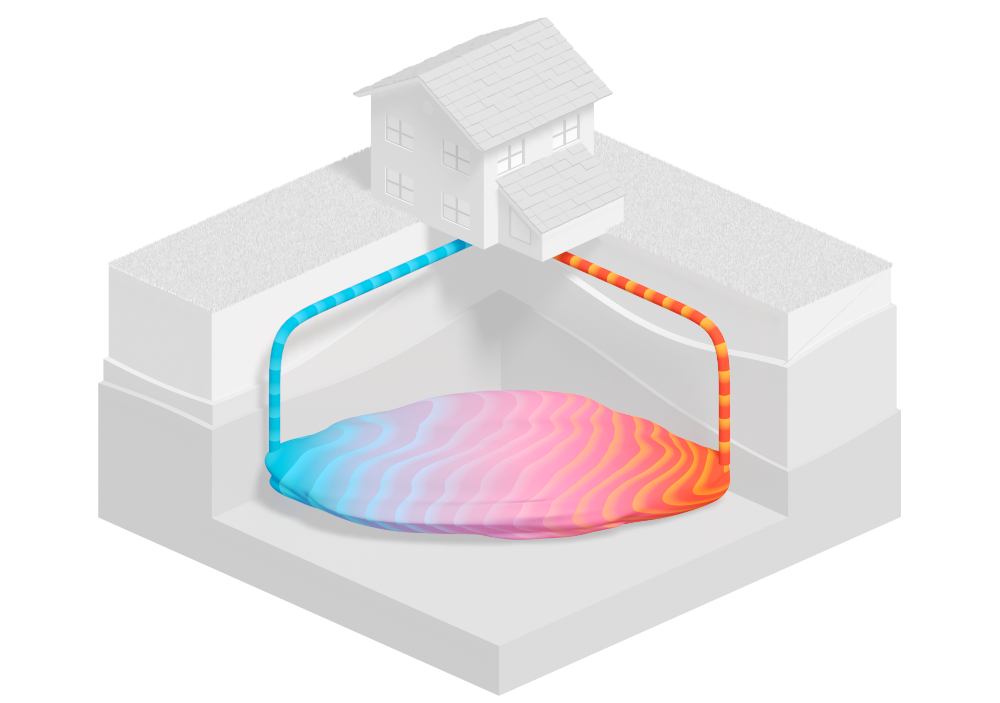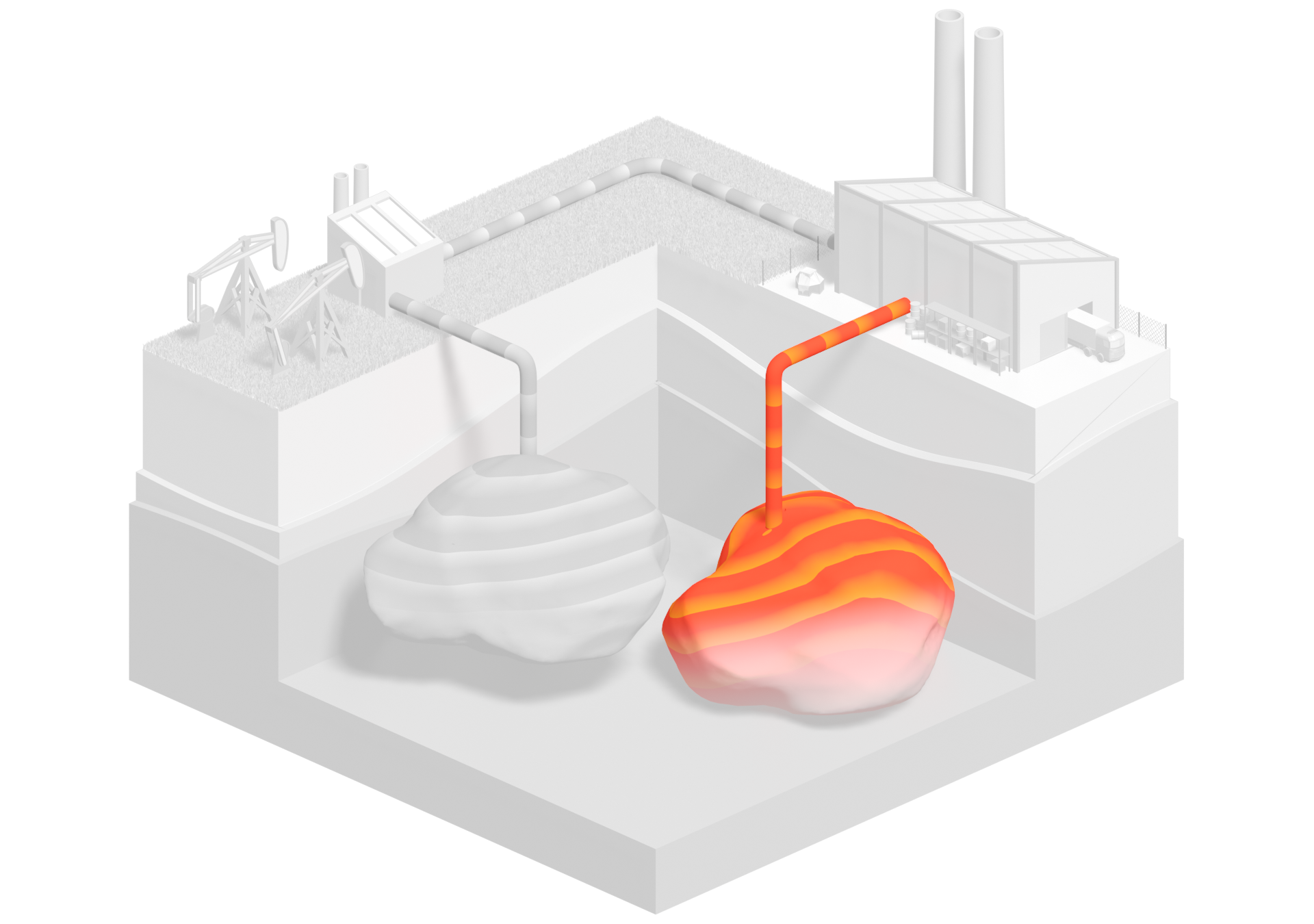Research themes
We advance the energy transition. Towards a sustainable future.

Geothermal Engineering
Renewable heating. Geothermal engineering harnesses the Earth's natural heat energy for electricity generation, heating, and cooling. We study how the subsurface reacts to geothermal engineering, and develop methods model and predict subsurface applications more precisely, which permits safer and more sustainable use of geothermal resources. As our society moves from fossil fuels towards a greener, more sustainable future, geothermal engineering plays a pivotal role in decarbonizing the energy mix of the future.

Hydrogen Storage
Securing renewable baseload. Renewable energy sources are critical to ensure a sustainable, carbon-neutral future. To compensate the fluctuations of solar and wind energy, it is important to develop buffer technologies that can store and release renewable energies. One of the most promising buffer technologies involve converting surplus renwable energy into liquid hydrogen, then combusting the hydrogen during low-production periods. Our research explores technologies to store liquid hydrogen safely underground.

Carbon Capture and Storage
Closing the Carbon Cycle. The release of greenhouse gasses such as CO2 and methane contributes significantly to climate change. Carbon Capture and Storage (CCS) technologies seek to capture the carbon released during the combustion of fossil fuels, then store it inertly in subsurface reservoirs. Our research develops safe storage technologies and identifies secure reservoirs for CCS.
Scientists
Meet the Reservoir Engineering section.
Education
We train the next generation of subsurface researchers, reservoir engineers, and energy professionals.
Delft Summer School on CCS
1 - 5 July 2024
This school covers the basics of carbon capture, utilization and storage in subsurface formations with special focus on depleted hydrocarbon fields. The underlying physical phenomena and trapping mechanisms will be discussed from pore-level to large-scale applications.

